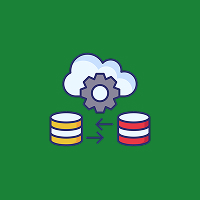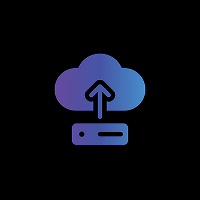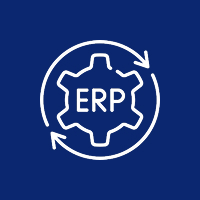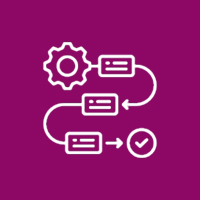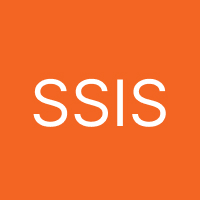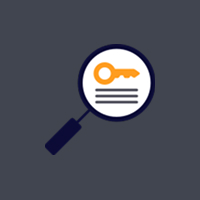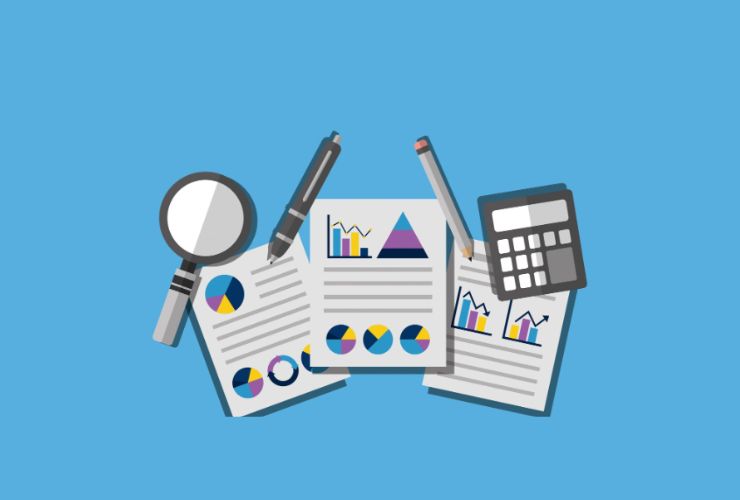Organizations must focus on security, compliance, and transparency in their digital collaboration environments. SharePoint, as the predominant document management and team collaboration platform has extensive audit logging capabilities to empower organizations to monitor activity and take control over their content.
What Are Audit Logs in SharePoint?
Audit logs are effectively a series of records that capture actions taken by users and administrators in SharePoint sites. These records catalogue activities such as:
- Document view, edit, delete
- User logons and login attempt
- Changes to users permissions
- Sharing and external access activities
The audit logs provide a means to track activity in SharePoint by enabling organizations to reconcile who did what and when. This valuable information assists with investigating security problems, compliance audits, and troubleshooting.
Why Audit Logs Are Useful
1. Reduce Security Risks
Audit logs assist an organization in identifying suspicious or unauthorized activity quickly. For instance, if an employee had numerous failed login attempts or deleted files, these can serve as automated alerts for administrators that can help mitigate security issues and breaches in a timely fashion.
2. Compliance
Industries are heavily regulated, such as finance, health, and legal services with standards such as GDPR, HIPAA, and SOX. Audit logs can provide evidence that an organization has the proper controls to protect sensitive information and that the controls are being followed.
3. Accountability and Transparency
Audit trails give organizations the ability to hold users accountable for their actions. Transparency enables responsible behaviors and lowers insider threats or missed mishandling of data.
4. Simpler Troubleshooting
When an issue arises—missing document or access denied audit trail logs enable admins to follow the breadcrumbs back to the source of the issue and fix it faster while minimizing ed the amount of downtime and disruption to operations.
What You Should Know for Accessing and Using Audit Logs in SharePoint
There are a variety of ways to access and use SharePoint audit logs:
- Microsoft 365 Compliance Center: Central dashboard for audit option across SharePoint, Exchange, and other Microsoft 365 services.
- SharePoint Admin Center: Where you view and manage site-level audit capabilities and settings.
- PowerShell and APIs: A more technical method for viewing reports and automate audit log collection or reporting.
Admins can enable which user action events to audit, sets a retention timeline for the audit log, and exports/audits the report for reviews, analysis, or compliance documentation.
Top approaches for Audit Logging in SharePoint
- Enable Audit Logging is the Default Setting: Take action before the incident happens – intentional monitoring is a habit you build.
- Define Audit Policies based on Risk: Concentrate on risks, focusing on high-impact items like permissions changes and external sharing.
- Time: Take time to review periodically and look for anomalies to help make better security policies.
- Protect the Audit Logs: Be sure the logs are protected and impossible to tamper with.
- Educate Your Team: Discuss Audit Logging; educate your administrators and users the importance of Audit Logs, and how to respond to alerts.
Wrap-Up
Audit logs are one of the best ways to secure, and protect an organization’s compliance and business operations in SharePoint. Utilizing audit logging efficiently has significantly improved visibility into your organization’s collaboration space, leading to better business decisions with a foundation of data protection.
Contact Us Today













 Database Development
Database Development










